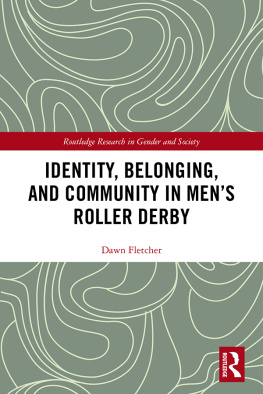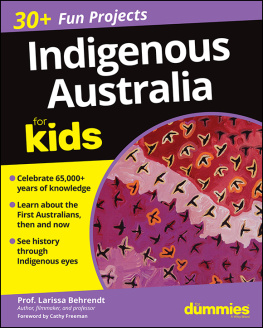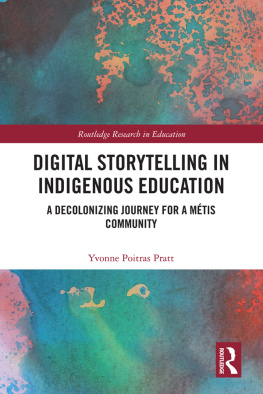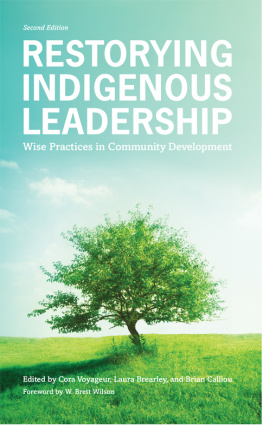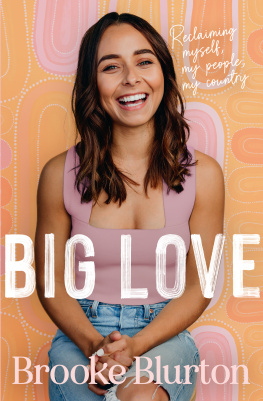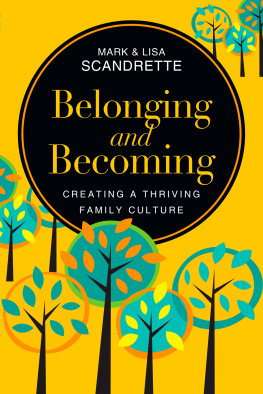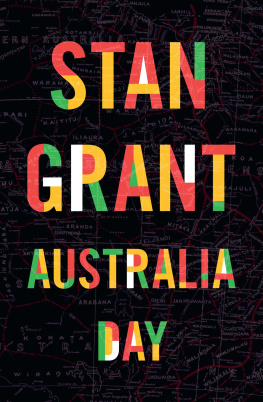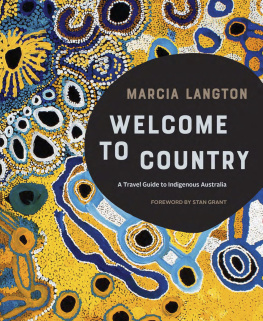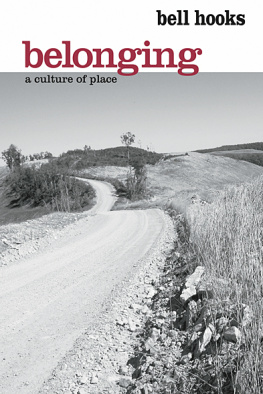Kim Scott - Kayang & Me
Here you can read online Kim Scott - Kayang & Me full text of the book (entire story) in english for free. Download pdf and epub, get meaning, cover and reviews about this ebook. year: 2013, publisher: Fremantle Press, genre: Home and family. Description of the work, (preface) as well as reviews are available. Best literature library LitArk.com created for fans of good reading and offers a wide selection of genres:
Romance novel
Science fiction
Adventure
Detective
Science
History
Home and family
Prose
Art
Politics
Computer
Non-fiction
Religion
Business
Children
Humor
Choose a favorite category and find really read worthwhile books. Enjoy immersion in the world of imagination, feel the emotions of the characters or learn something new for yourself, make an fascinating discovery.

- Book:Kayang & Me
- Author:
- Publisher:Fremantle Press
- Genre:
- Year:2013
- Rating:5 / 5
- Favourites:Add to favourites
- Your mark:
- 100
- 1
- 2
- 3
- 4
- 5
Kayang & Me: summary, description and annotation
We offer to read an annotation, description, summary or preface (depends on what the author of the book "Kayang & Me" wrote himself). If you haven't found the necessary information about the book — write in the comments, we will try to find it.
Kayang & Me — read online for free the complete book (whole text) full work
Below is the text of the book, divided by pages. System saving the place of the last page read, allows you to conveniently read the book "Kayang & Me" online for free, without having to search again every time where you left off. Put a bookmark, and you can go to the page where you finished reading at any time.
Font size:
Interval:
Bookmark:
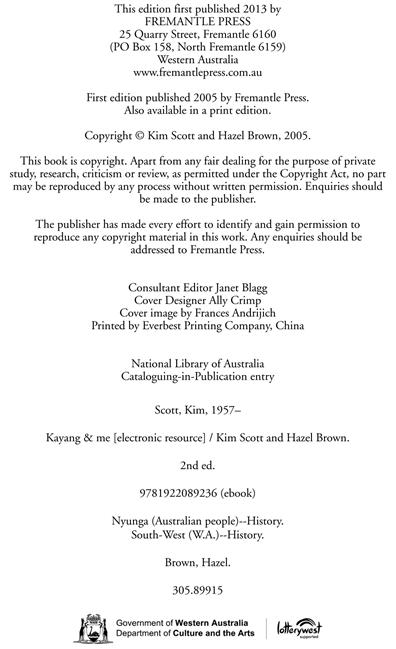
This is a powerfully honest story. A story of family, land and identity. At its centre, Kayang Hazel, compassionate, wise and strong. A story to open your heart to.
Even before Id finished Kayang & Me I knew the value of it and enjoyed learning and being enriched by both voices. Life stories told in both Noongar talk by Hazel Brown, mixed with the award-winning style of her nephew Kim Scott demonstrate the significant role of oral history in learning about Indigenous Australia and, while presenting a family history, explore not only the complexity but also the evolution of Aboriginal identity and culture nationally.
Kim Scott is a descendant of people living along the south coast of Western Australia prior to colonisation, and is proud to be one among those who call themselves Noongar. His writing has won numerous awards and prizes, including two Miles Franklin Literary Awards. Kims novels include True Country, Benang: from the heart and That Deadman Dance. He is currently Professor of Writing at Curtin University in Western Australia.
Hazel Brown is the senior elder of a large, extended Noongar family. She has worked as a rural labourer, was a member of Western Australias first Metropolitan Commission of Elders, and is a registered Native Title claimant over part of the south coast of Western Australia.
Aboriginal and Torres Strait Islander people are respectfully advised that deceased people are referenced in this publication.


I remember when they used to go hunting. Dad used to be late coming back to camp and the boysd be wondering. Id say, Oh, Pa wont be long.
They reckoned, Oh, Pa mighta got drownded.
And Id say, No, hell light a fire directly. When he come over the hill hell light a fire and hell show us. And next thing you see smoke, and thennot longDad coming down the slope towards us.
Thats how Noongar used to do it. Years ago they used to light fires to let people know where they were, you know.
Grandfather Dongup was bringing cattle up from Hopetoun. He said he saw the smoke those Noongars made, top of the hill, and there musta been a lot of them. They was going for a meeting, exchanging women or something like that I suppose. When he came back, there was no-one.
See, most of em travelled from Jerdacuttup, just to go and get killed at Cocanarup. My name is Hazel Brown. I was born on the ninth of November 1925, at a place called Kendenup. My mother and her first husband, they were working down there. A lot of people used to trap possum you know, for the pelts.
I was born in an old packing shed. Years ago no women had their babies in hospital, you werent allowed to. They had their babies in the bush.
My mother was Nellie Limestone from Marble Bar; she was born at Lydon station. Her mother was Mary Williams, a full-blood Aboriginal from the Pilbara district. Her father was supposed to have been a white man.
My mother was one of the Stolen Generations. She was sent to the Carrolup Native Settlementnow called Marribanknear Katanning. She was known there as Nellie Limestone, but there were too many Nellies around so they changed her name to Sybil when they made her get married.
She used to run away from there. Jack Cornwall was doing work for a farmer at Boscabel, in the Beaufort River district, and my father was working for him. Jack had a horse and cart, and he used to give the girls a lift to where the men were.
When the white bosses from the settlement went after the young girls they took a black tracker with them, and the policeman in charge of Katanning police station, he went too. Mum and Aunty Anne Morrison were caught, and Dad Yiller and Mum were made to get married. That was in 1920.
My fathers name was Freddy Roberts. Yiller was his Aboriginal name. He was born at Jacup, a place between Ravensthorpe and Jerramungup in the Fitzgerald area. He died in Katanning District Hospital in the year 1930, on the thirtieth of November.
My mother had two children by then, and after Fred Yiller died, well me and Lenny were going to be sent to Carrolup Settlement, so Fred Yillers brother, Fred Tjinjel Roberts, married my mother. That was Noongar way, see. She was accepted into the family, and that meant her husbands brother looked after her when the husband died.
There were three Freds in the family. There was the eldest brother Yiller, and theres Booker, and theres Tjinjel, and they all went by the name of Fred, so there was no one Fred; there was Fred This and Fred That. But my father was Fred Roberts, and thats the name weve been known by, and then I married Harry Brown and thats when I became a Brown.
I spent my early years in the Needilup and Jerramungup districts, and the first language I was taught was Noongar talk. I only ever spoke the language of our people from the south of the state. I was never taught the language of my mothers tribe.
I grew up with my brothers and sister among our fathers full-blood relations. When we were young we always kept the laws of our people who were traditional people. We mostly lived in bag campsyou know, like tents made out of old hessian bags and canvas and thatand we slept on rushes or bushes for our beds. We ate the bush food of our people, too.
I was just seven years of age when I was taught to track, snare, hunt and gather food. I was also taught how to use a gun. I shot rabbits, parrots, ducks, and at the age of ten I shot my first kangaroo. My teacher was my fathers brother, who became a father to me.
I never had to shoot the possum because I climbed the tree and pulled it out by the legs or tail. We often went hunting for mallee hen nests and if there were eggs in the nest we would always leave one or two for the mothers to look after.
I was taught about the laws and the traditions of the people of our region by my parents and elders. Our people were mostly kept together by Henry Dongup and Waibong Moses. They and the other old people made my second father marry my mother.
My fathers father was called Bob Roberts (also known as Pirrup), and his mother was called Monkey, a woman who came from the Ravensthorpe district. My second father was also the son of Pirrup, and his mother was Emily Mudda Dabb.
Most of my grandmother Monkeys family were massacred some time after 1880 by white people at a place called Cocanarup, a few miles from the Ravensthorpe townsite. Some of Granny Emilys people died there too.
My grandfather Pirrups father was Bobby Roberts, whose family came from the Hunter River, about five miles from Bremer Bay. Great-grandfather Bobbys mother was of the Wilomin people.
Wilo, thats us. Were Wilomin. A long-legged people. Well, we werent all long-legged, but thats what they called our people. Like, Lenny had the long skinny legs ... Me, I got the name Yaakiny, cause I was the slow one. Turtle, thats me. They would be quick quick while Im lagging and Im coming behind...
My name is Kim Scott. Not long-legged at all, Im following even further behind Aunty Hazel.
My father, Tommy Scott, was the only surviving child to an Aboriginal woman who died when he was ten years old, after which
Font size:
Interval:
Bookmark:
Similar books «Kayang & Me»
Look at similar books to Kayang & Me. We have selected literature similar in name and meaning in the hope of providing readers with more options to find new, interesting, not yet read works.
Discussion, reviews of the book Kayang & Me and just readers' own opinions. Leave your comments, write what you think about the work, its meaning or the main characters. Specify what exactly you liked and what you didn't like, and why you think so.

